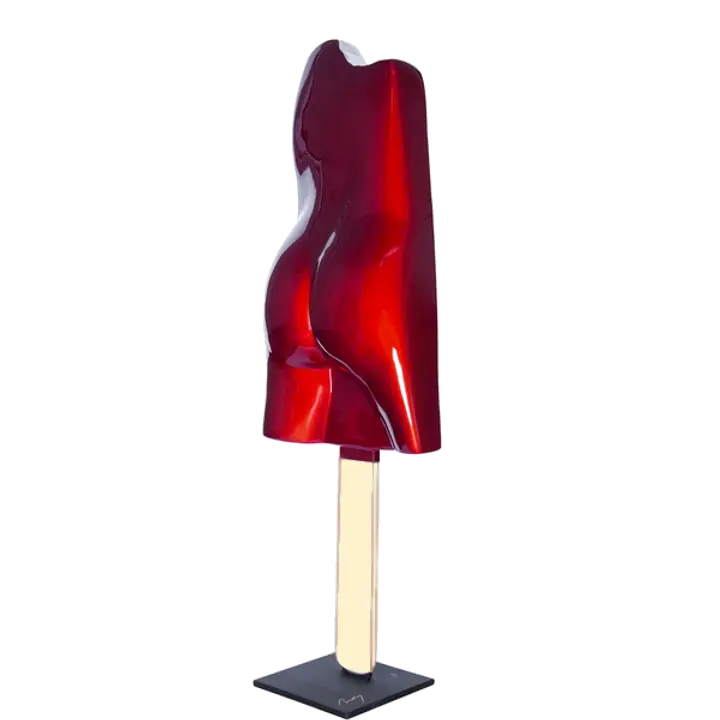What kind of "Pop Art" are we talking about?
Obviously dripping paint on sculptures. Often mistakenly referred to as "pop art", they represent a controversial phenomenon in the contemporary art world. According to some art enthusiasts, "pop art" today consists primarily in the deliberate application of paint drips to sculptural works. This trend is often associated with a playful, colorful aesthetic. However, the misuse of this term raises questions about the true understanding of the pop art movement and the artistic depth of these practices.
Where does this movement called pop-art come from?
Pop art originally emerged in the 1950s and 1960s. It was a reaction to the elitism of abstract art. It is characterized by the appropriation of images and objects from popular culture. Advertising and mass consumption were called into question. Artists like Andy Warhol sought to erase the boundaries between "noble" art and everyday objects. To this movement we can add Roy Lichtenstein and Claes Oldenburg. Far from being merely formal or decorative, this was a profound critique of consumer society. A critique often imbued with cynicism and irony.
We're not satisfied with much today.
The drips on sculptures, meanwhile, sometimes seem to detach themselves from this critical aim. Content with a superficial visual effect, these artists have little to say. It's true that the aesthetics of drips are reminiscent of the techniques of abstract expressionist painters like Jackson Pollock.
Here, the approach has more to do with fashion and the desire to make an easy impact. This approach, to the detriment of reflection, targets a public uneducated in the history of art. We'll call this new "Pop-Art" decorating, not always very aesthetically pleasing.
These painted sculptures are more akin to an "Instagrammable" aesthetic, where the visual takes precedence over meaning.
Bright colors and flowing textures create instantly recognizable imagery. Sometimes pleasing, they run the risk of lapsing into a form of decorativeness, emptied of any conceptual charge.
Everything's going to hell.
To describe these works as " pop art " is therefore an oversimplification. In some cases, it's even a commercial recuperation of a historical trend with a much deeper meaning. As a movement, pop art aimed to question art's relationship with mass culture and the means of production. Today, the inflation of coulures seems more often to be used as a method of making a work attractive. This "modernity" reflects the times, without any real reflection on the social or political implications such a gesture might have.
We agree.
Ultimately, the drips on sculptures can be seen as a symptom of today's society. For the commodification of contemporary art, which is easier to sell.
artists and galleries are more interested in creating immediately consumable works. This model is more likely to attract attention in exhibitions or on social networks, but lacks depth. While these works can certainly be of interest, their artistic and critical impact falls short of the ambitions of the original pop art. Like a lack of inspiration.

